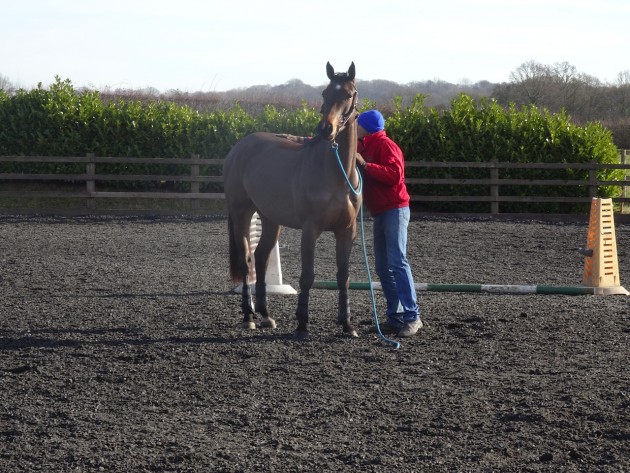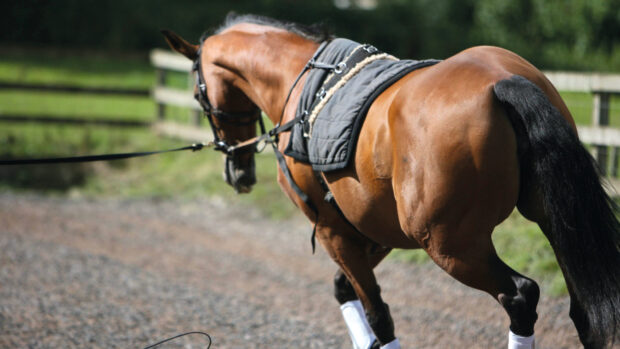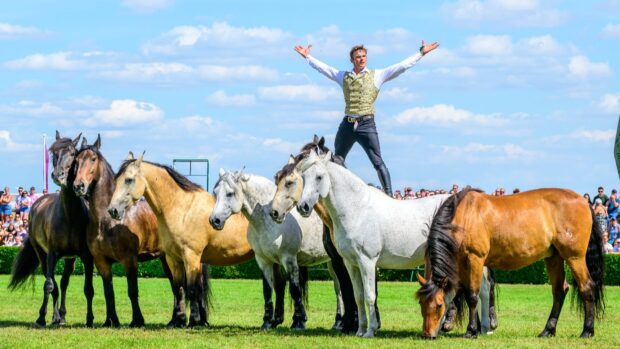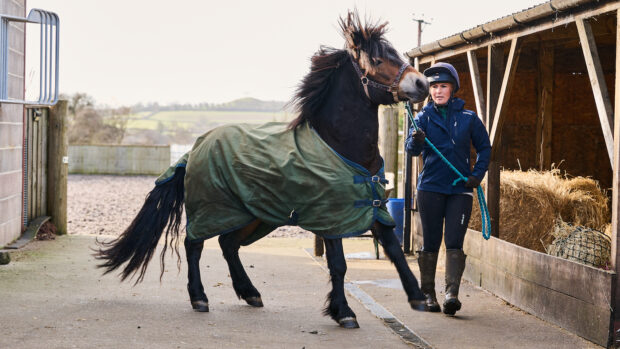I was saddened to read last week about the death of Mary Hancy, who tragically lost her life following a clipping accident. As the reporter stated, it reminds the equestrian community of the potential dangers of handling horses on the ground.
I then went on to read the feature on living with health and safety and how things are now so very different for our youngsters than when many of us (myself included!) were children.
Growing up in the snowy mountains in New South Wales where we used our horses to work cattle and sheep as well as for our recreation on the weekends. We regularly rode without hats, charged up and down hilly terrain and rode buckjumpers at rodeos.
My time in the Tumut Pony Club included campdrafting (steering cows through a course), tentpegging and bareback races! It was only when an off duty paramedic stopped me whilst hacking on the lanes on my arrival in the UK back in 1999 and told me all the horrific details of dealing with riders who had fallen off when not wearing a hat, that I woke up to the potential dangers.
Nowadays, I am lucky to be sponsored by Champion and I don’t even notice that I’m wearing a hat when I’m riding now.
I am also passionate that education plays a key role in this whole debate. I don’t mean learning to ride or stable management but learning how to ‘read’ your horse. Looking for and understanding what he is thinking (through looking at his ears for example) and then knowing how to act and react, both when on the ground and when mounted, is vital to creating a safe environment and something that I think is not taught enough in the UK.
An opinionated new customer

Back to the yard and we’ve been surviving the cold and have been fortunate in only getting a sprinkling of snow so far.
We have well and truly got over the Christmas period lull and the yard is full again with the usual variety of youngsters in for starting, including a lovely new project for eventer Emily Baldwin (pictured above), and horses with behavioural and ridden problems in for retraining.
These range from a stunning black PRE stallion who wants everything on his terms (pictured top and below) to a hyper-sensitive horse who bucks and has become hard to manage on the ground. The stallion showed a fair bit of attitude but I am happy to say he is now becoming a lot less challenging on the ground and under saddle.
Several people braved the cold on Tuesday morning to attend our monthly coffee morning where I was handling another rescue pony that came from the same herd as Claydon. She is actually a lot easier than Claydon who was quite confrontational at times and I am confident that she will become a lovely riding horse and be successfully rehomed.

I have also been teaching a lot of clinics and lessons, and have found that problems generally come back down to basics, and in some cases, to what I call “nagging”.
So often I see riders ask their horse for a movement, such as using their leg to ask for an upward transition, and the horse respond correctly only for the rider to continue kicking. Sometimes this is done because the rider feels that the horse isn’t showing enough impulsion but in a lot of cases, it has become a habit regardless of what the horse is doing underneath the rider. Either way nagging your horse like this when they are trying to do the right thing can lead to the horse becoming confused about your aids and over time can make them sour and unwilling to move off the leg.
So next time you ask your horse for a movement, take a moment to feel what the response is; do you really need to keep asking or can you leave him alone?
Jason



